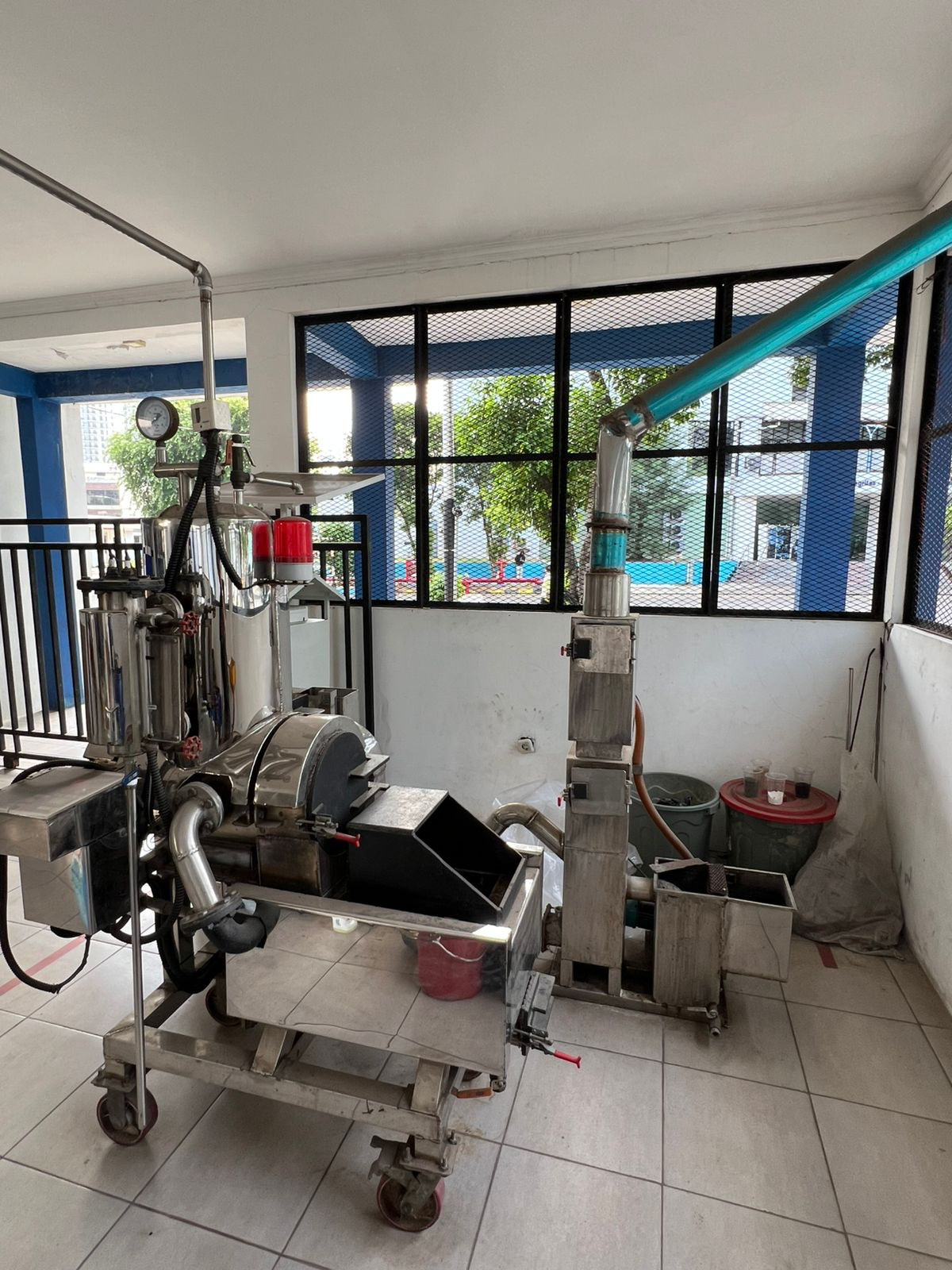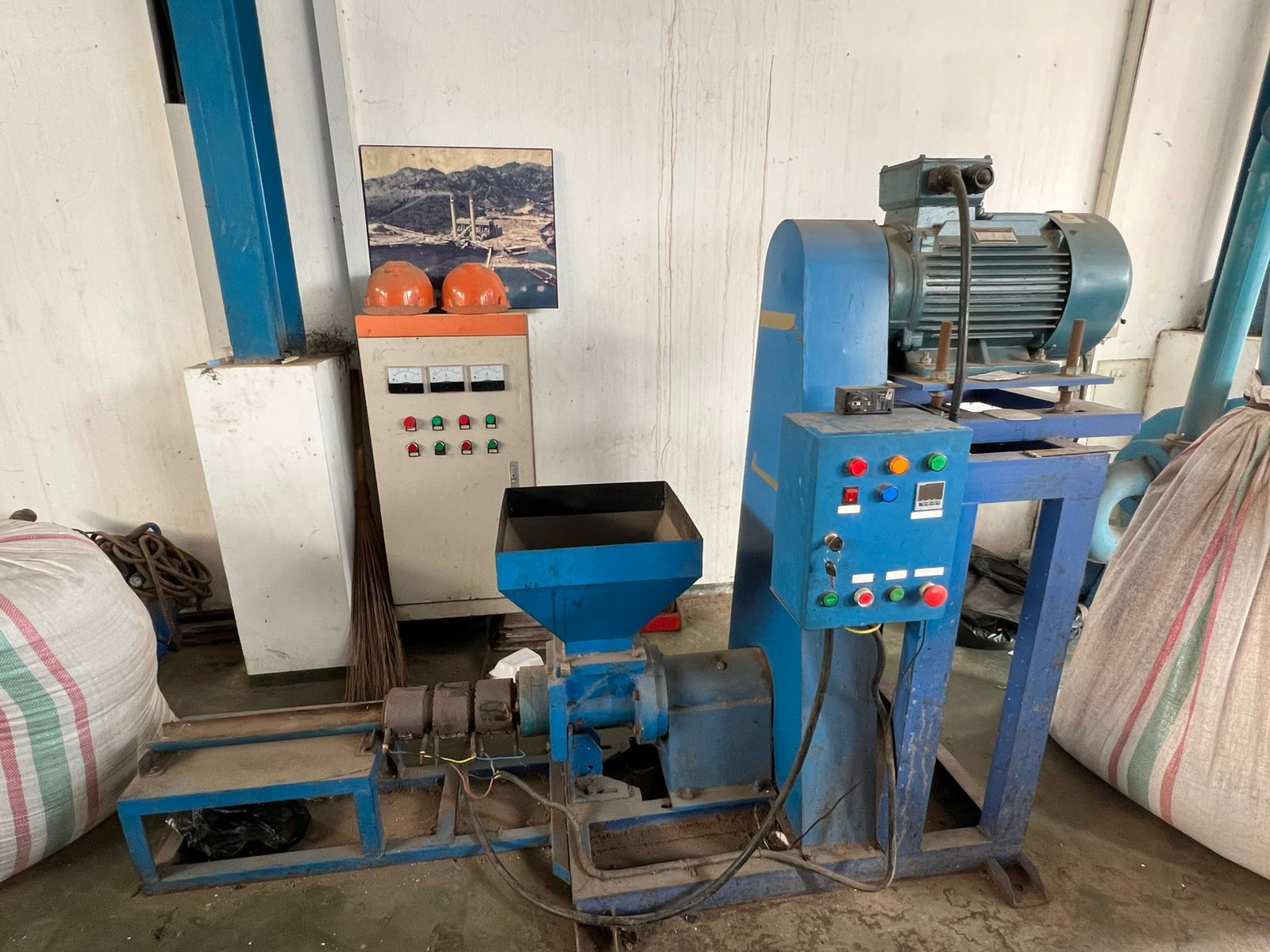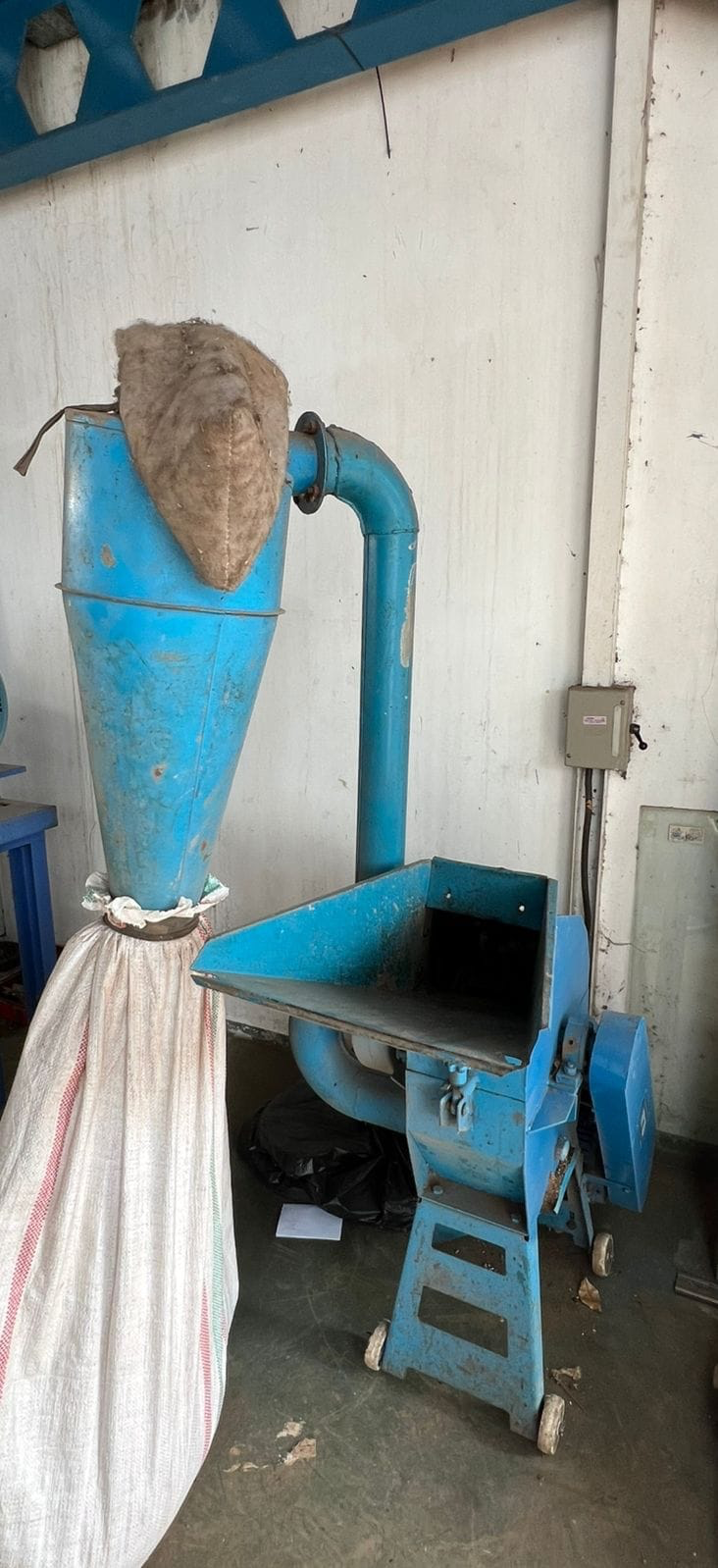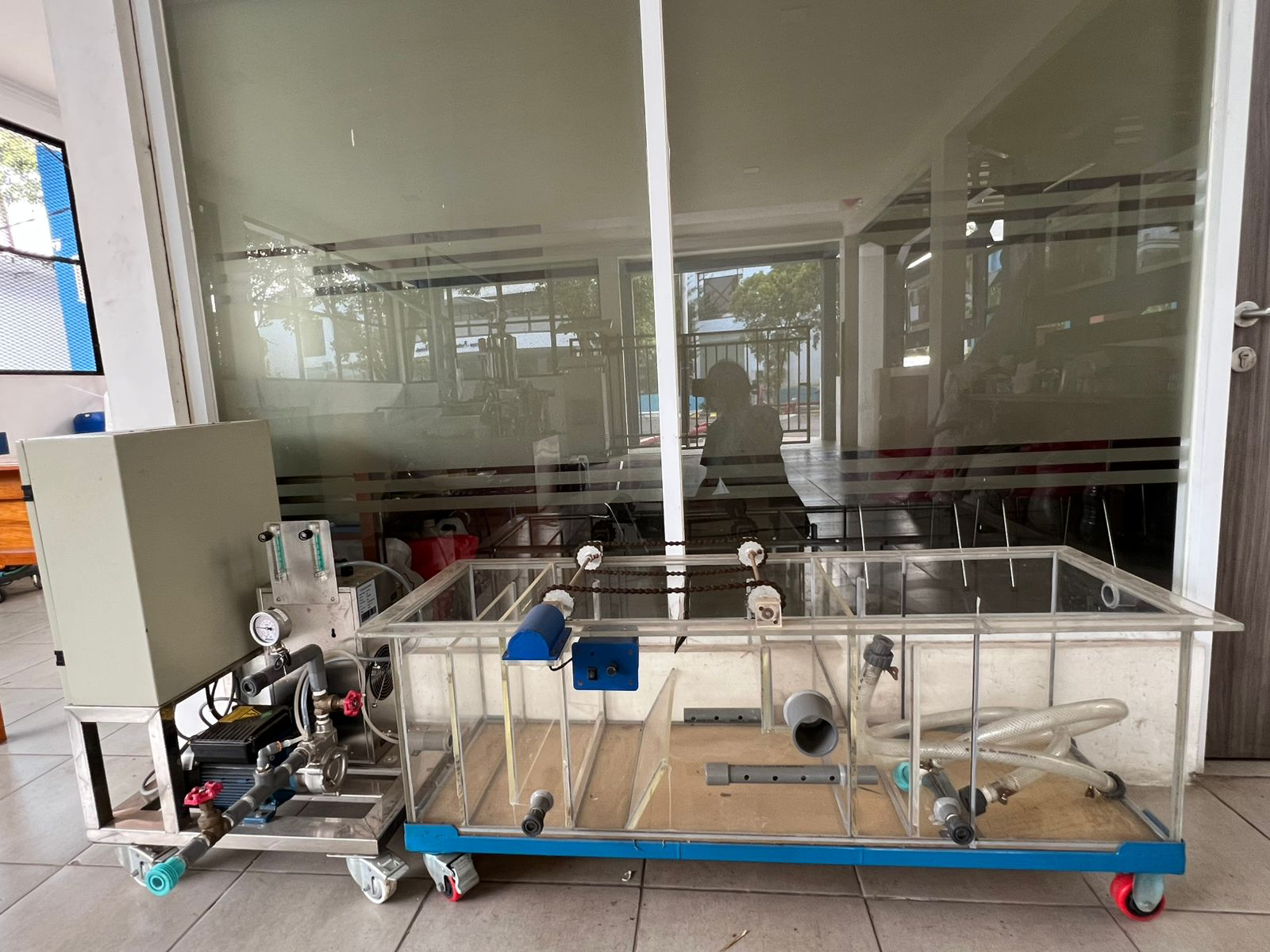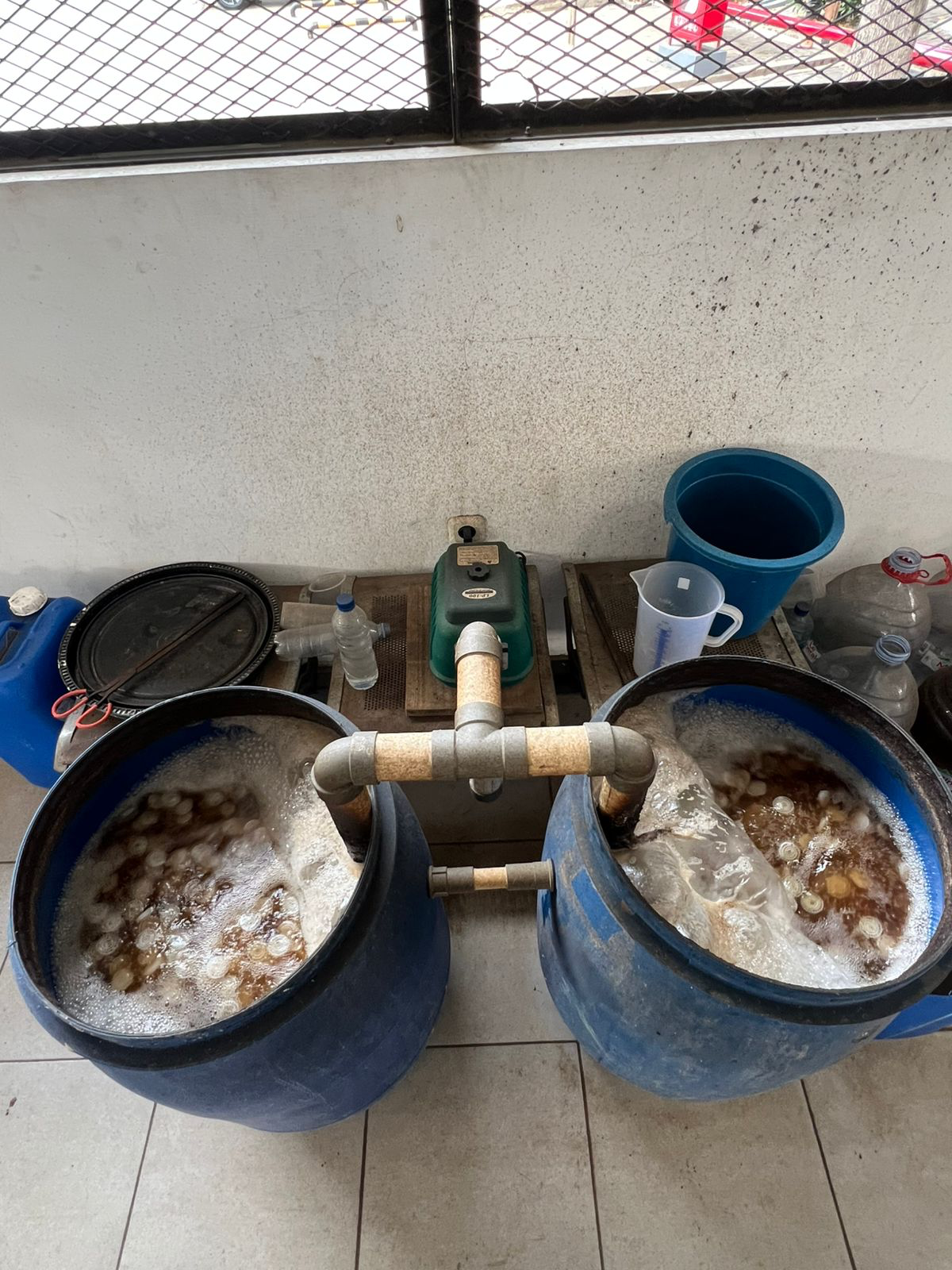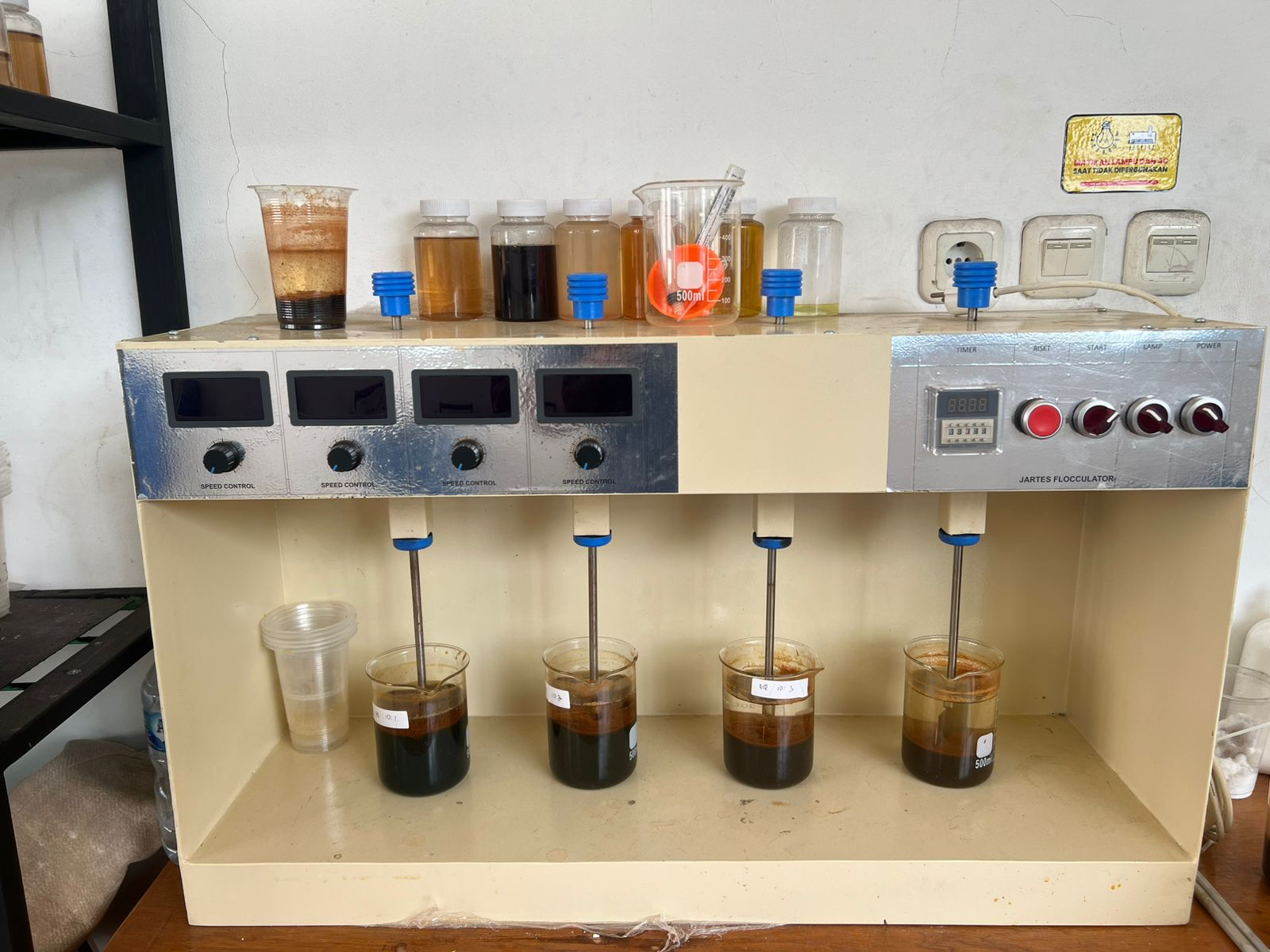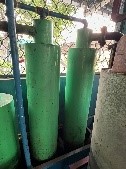PEMURNIAN AIR LIMBAH dan WASTE to ENERGY
A Waste-to-Energy (WtE) Center Laboratory is a specialized facility dedicated to researching and developing technologies that convert various types of waste into usable energy. The lab typically conducts experiments, pilot studies, and analyses on waste transformation processes, with a focus on both energy production and environmental impact. Another activities in this laboratory is specialized facility focused on developing, testing, and optimizing treatment methods for wastewater. These labs are essential for advancing technologies that improve wastewater quality, meet regulatory standards, and explore resource recovery options like energy and nutrients. WtE laboratory headed by Ir. Rachmad Ardianto, S.T., M.T, IPM.
Key Sections and Equipment in a Wastewater Technology Lab
Water Quality Analysis Station:
- Purpose: Monitors chemical, physical, and biological parameters of wastewater, such as Chemical Oxygen Demand (COD), Biological Oxygen Demand (BOD), Total Suspended Solids (TSS), pH, turbidity, and nutrient levels.
- Equipment: Spectrophotometers, COD and BOD analyzers, pH meters, and ion chromatography systems for nutrient analysis.
Biological Treatment Research Area:
- Purpose: Studies biological methods like aerobic and anaerobic digestion, activated sludge, and constructed wetlands to degrade organic pollutants and reduce sludge.
- Equipment: Bioreactors for lab-scale aerobic and anaerobic studies, oxygen and methane sensors, and microbial culture equipment.
Advanced Oxidation Processes (AOPs) and Chemical Treatment Station:
- Purpose: Tests chemical and electrochemical methods like ozonation, UV treatment, Fenton processes, and electrocoagulation to break down difficult pollutants (e.g., dyes, pharmaceuticals, microplastics).
- Equipment: Ozonators, UV reactors, electrochemical cells, and Fenton reaction chambers.
Here’s a breakdown of what a typical WtE lab might include:
Types of Waste Analysis:
- The lab collects and characterizes different types of waste (e.g., organic, municipal solid waste, industrial waste, agricultural residues).
- Analytical equipment helps to determine the physical, chemical, and biological properties of the waste, including moisture content, calorific value, and elemental composition.
Energy Conversion Technologies:
- Thermal Processes: Includes combustion, pyrolysis, and gasification systems that convert waste to energy via high-temperature processes.
- Biological Processes: Anaerobic digestion and fermentation units break down organic waste to produce biogas or bioethanol.
- Chemical Processes: Facilities for chemical treatment methods, like transesterification for biodiesel production, are often included.
Waste Pre-treatment Facilities:
- Pre-treatment equipment prepares waste for the conversion process. For example, shredders, grinders, and dryers adjust the physical properties of waste for optimized processing.
Energy Recovery and Utilization:
- Systems for capturing and quantifying energy output (electricity, heat, biogas) enable researchers to measure the efficiency and viability of different processes.
Data Collection and Analysis:
- Laboratories often have automated systems for data collection on energy output, emissions, and operational parameters, allowing for real-time monitoring and process optimization.
A WtE Center Laboratory supports advancements in sustainable waste management practices and renewable energy production, offering valuable insights into how waste can be transformed into energy efficiently and responsibly.

